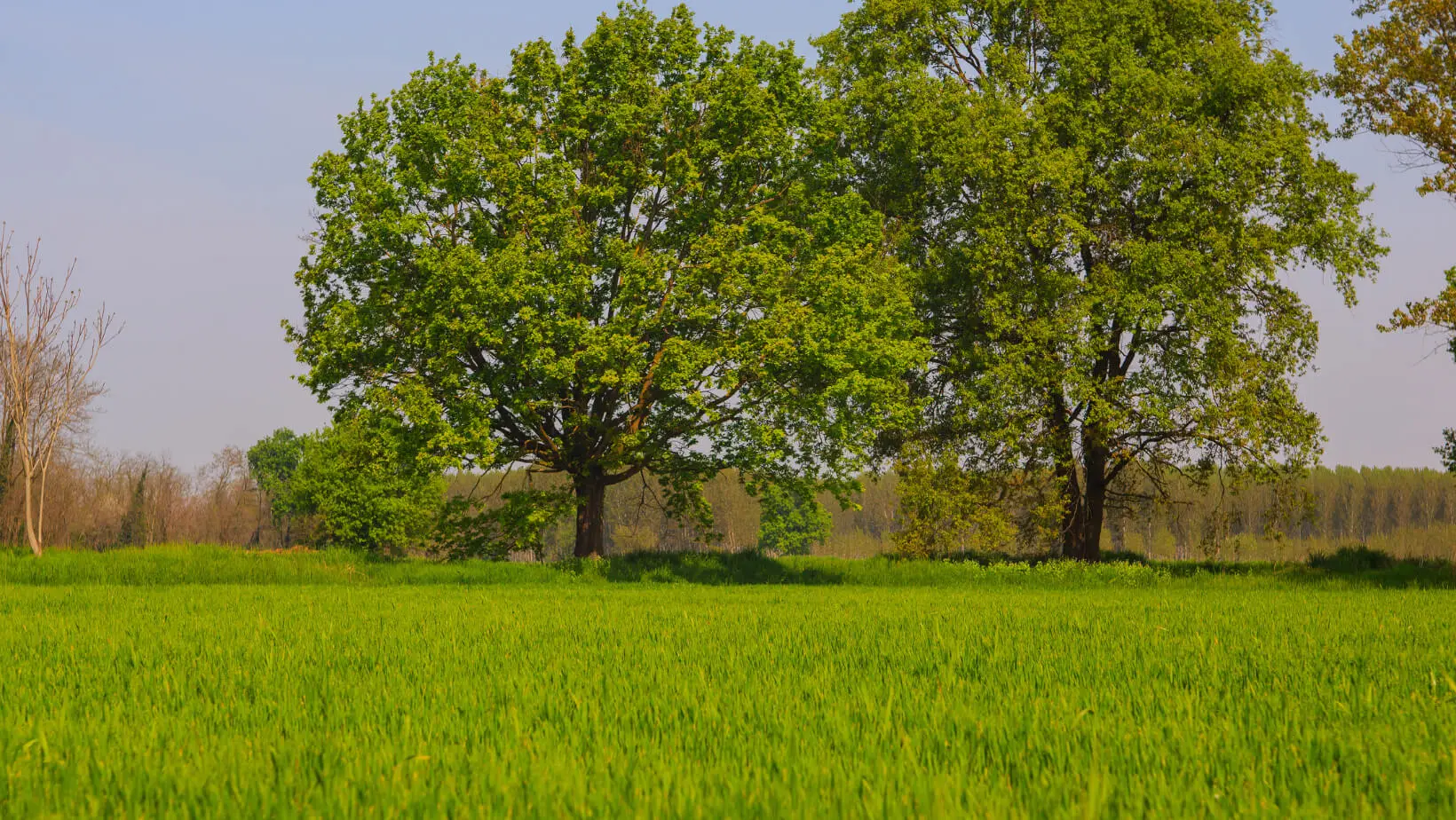Biodiversity Net Gain (BNG) is in force for most major development projects in England, and the rules apply to small development sites too. Whether you’re building one to nine dwellings or converting commercial space, understanding BNG is no longer optional.
This post offers a detailed breakdown of “Biodiversity Net Gain: What Small Developments Need to Know Now,” focusing on practical compliance, off-site solutions, and the key ecological concepts behind the policy.

What Does Biodiversity Net Gain Mean?
Biodiversity Net Gain (BNG) is a planning policy requirement under the Environment Act 2021(the requirement was implemented on February 12, 2024, for most major developments and April 2nd 2024, for most small developments), which ensures development projects leave the natural environment in a measurably better state than before. At its core, BNG involves:
- Measuring biodiversity on a development site using a statutory biodiversity metric.
- Calculating how much habitat will be lost or degraded.
- Designing ways to restore biodiversity on site or, if that’s not possible, via the purchase of biodiversity units or purchasing statutory biodiversity credits.
- Delivering a minimum of 10% biodiversity gain compared to the baseline habitat value.
BNG applies to nearly all planning applications in England, with exemptions of note for permitted developments and householder applications.
What’s Different for Small Sites?
- This can be utilised for small sites if; the site is not considered to be a major development AND it doesn’t contain priority habitats, protected sites, or European protected species.
- The process is expected to be faster and more proportionate, but still rigorous.
- Local planning authorities (LPAs) will expect BNG information at planning application stage—including a biodiversity gain plan before final consent.
How to Achieve Biodiversity Net Gain
To achieve BNG, developers must first understand what habitats are present within the red line boundary of the site. This usually involves a UK Habitat Classification assessment by a qualified ecologist.
The small sites metric doesn’t always have to be completed by an ecologist- it can be completed instead by a ‘competent person’. This person needs to be able to decipher the habitats on site and understand how to manage/create/enhance the proposed habitats.
Step 1: Identify Existing Habitat
If using the statutory biodiversity metric:
Ecologists will assess the habitats present on site, as well as their size and condition.
If using the small sites metric:
An ecologist or a competent person will assess the habitats present on the site and their size.
This establishes the baseline biodiversity value, expressed in biodiversity units using the relevant biodiversity metric.
Step 2: Apply the Biodiversity Gain Hierarchy
This hierarchy helps determine how biodiversity impacts are addressed:
- Avoid habitat loss wherever possible.
- Minimise impacts on existing habitats.
- Restore biodiversity on site through habitat creation or enhancement.
- Offset unavoidable losses through off-site biodiversity units
- As a last resort, purchase statutory biodiversity credits.
Off-Site Biodiversity Gains: Off-site land
A developer may own additional land (off-site) which can be used to deliver the biodiversity units upon. This land will need to be managed and monitored for 30 years. The landowner/developer will be responsible for the delivery of these units.
Off-Site Biodiversity Gains: BNG Units
Off-site solutions involve securing biodiversity units from:
- A landowner offering habitat creation projects or habitat restoration.
- A BNG landbank like Civity’s, where developers can purchase off-site biodiversity units tailored to their needs.
- Aggregators or brokers with access to off-site units.
These off-site gains must be registered on the Natural England Biodiversity Gain Site Register and legally secured via a Section 106 agreement or a conservation covenant.
Statutory Biodiversity Credits
As a last resort, developers can buy statutory biodiversity credits from the government. These are designed to provide a fallback when no suitable off-site gains are available.
However, this route is:
- Onerous – 2 credits need to be purchased for every 1 unit required
- Considered less preferable under the biodiversity gain hierarchy.
- Intended to be used only when all other options are exhausted.
Why the Metric Matters
The biodiversity metric is the tool that underpins the entire BNG process. It converts habitat type, distinctiveness, size, and condition into area habitat units. This allows LPAs to verify that the required biodiversity gains are delivered.
For small developments, the small sites metric simplifies some of the inputs while retaining scientific rigour. It’s essential to use the correct metric version depending on project scale and the habitats and species on site.
Legal and Planning Considerations
This includes submitting a BNG statement early in the planning process and, before final approval, a full biodiversity gain plan.
The Role of Local Planning Authorities
LPAs will:
- Assess the biodiversity value of your development site.
- Check compliance with the BNG regulations.
- Ensure off-site BNG is legally secured and appropriately located.
Working with your LPA early and transparently can smooth the planning process.
Securing BNG Legally
BNG must be guaranteed for at least 30 years, whether achieved on site, through off-site solutions, or via credits. Gains secured within your development boundary, or within blue line land (but associated directly with the development), may need to be secured via a SE106 Agreement.
Habitat bank providers can legally secure their sites via a SE106 agreement or via a Conservation Covenant. This ensures habitat creation or enhancement is monitored, maintained, and delivered long-term—a key concern for local authorities and communities.
Civity’s Role in Supporting Small Developers
At Civity, we specialise in helping small development projects navigate the complexity of biodiversity net gain legislation. Whether you need:
- Help reviewing the biodiversity metric or the small sites metric.
- Advice on your biodiversity gain plan.
- Access to reliable off-site biodiversity units.
- Guidance on working with your local planning authority.
…we’re here to support ethical, practical, and timely delivery of BNG outcomes.
Our BNG landbank connects all developers to habitat creation sites across England. We work closely with landowners, ecologists, and LPAs to ensure all off-site gains are robust, register-compliant, and tailored to your project’s needs.
Key Takeaways for Small Site Developers
- BNG is already mandatory for small sites- you need to be prepared!
- Assess your biodiversity value early and understand the habitats present.
- Use either the small sites metric or the statutory biodiversity metric for small sites (check if you can use it) or the statutory biodiversity metric.
- Where needed, explore off-site BNG options well in advance.
- Consider the cost, location, and permanence of all biodiversity units.
- Avoid relying on statutory biodiversity credits unless necessary.
Looking Ahead
Biodiversity Net Gain is here to stay, and for small developers, it’s an opportunity, not just a challenge. With early planning, the right ecological partners, and smart use of off-site solutions, you can deliver meaningful biodiversity outcomes and unlock planning consent with confidence.
At Civity, we believe small developments can make a big difference for UK species, local communities, and the natural environment—one site at a time.
For more support on biodiversity net gain: what small developments need to know now, or to discuss your site and options for off site biodiversity units, contact the Civity team today.


